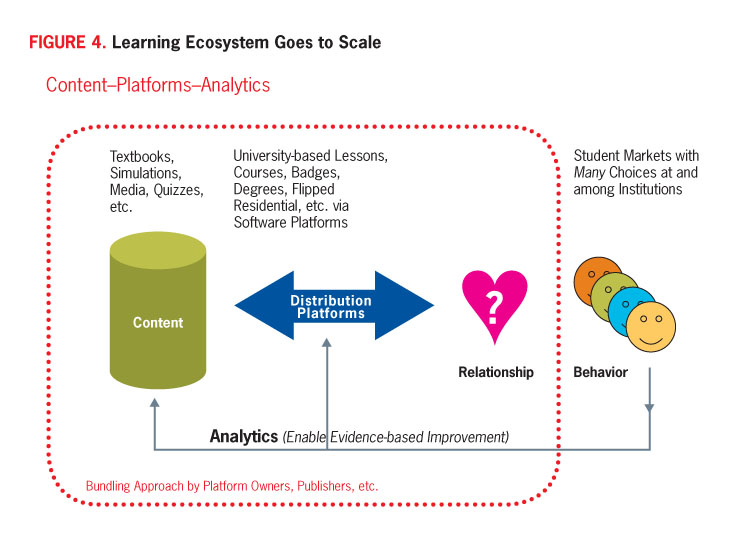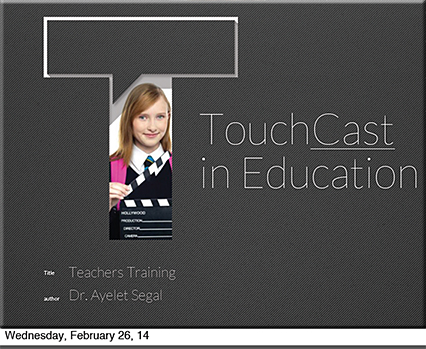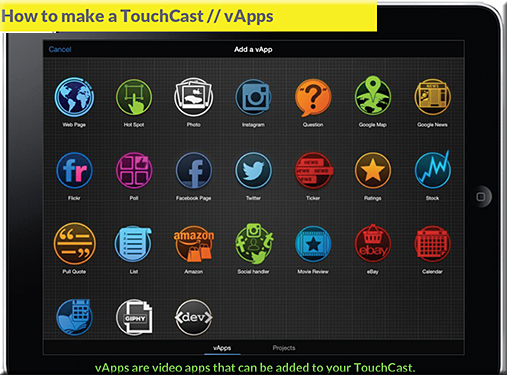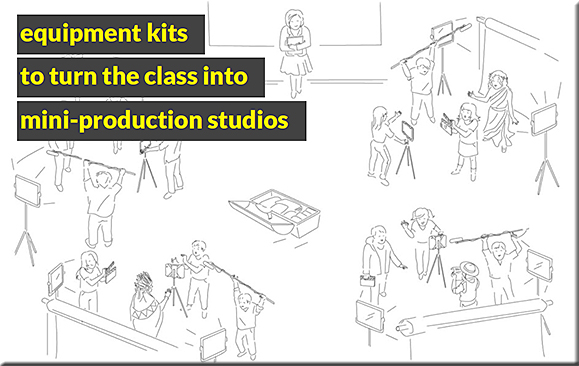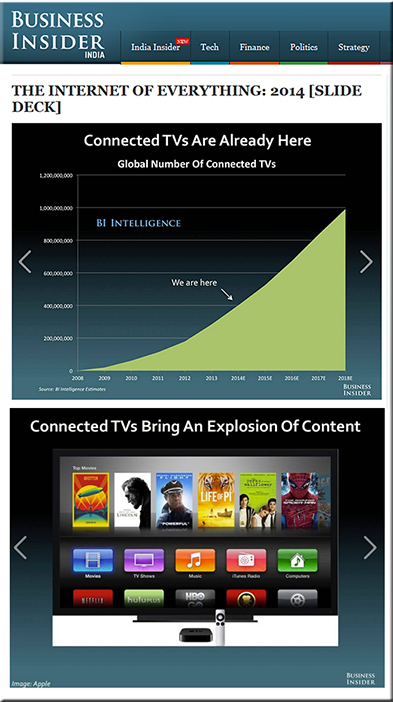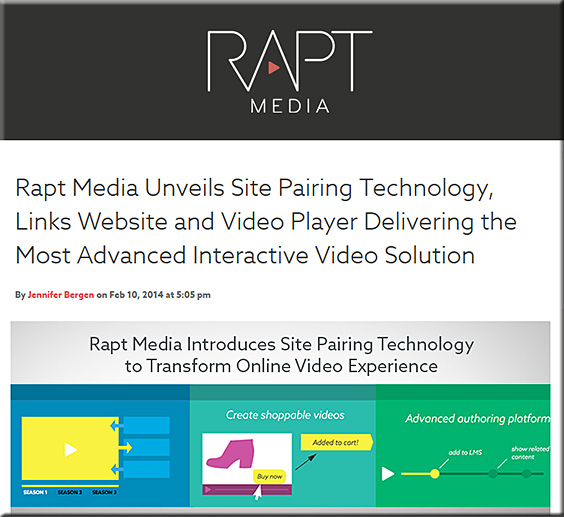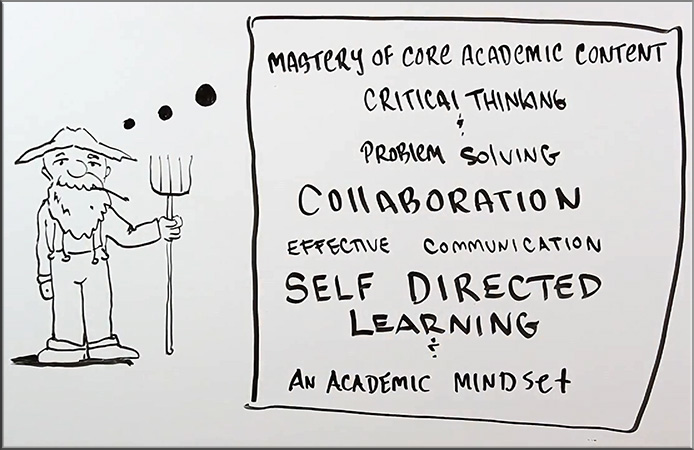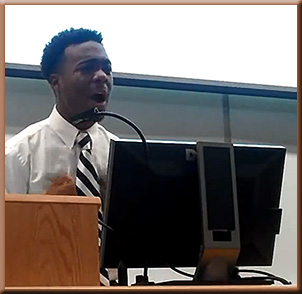From DSC:
Last spring, I saw the following graphic from Sparks & Honey’s presentation entitled, “8 Exponential Trends That Will Shape Humanity“:
If today’s changes are truly exponential — and I agree with Sparks & Honey that they are, especially as they relate to technological changes — how soon will it be before each of us is interacting with a robot?
This is not an idle idea or question, nor is it a joke. It will be here sooner than most of us think! The science fiction of the past is here (at least in part). Some recent items I’ve run across come to my mind, such as:
Hitachi’s EMIEW Robot Learns to Navigate Around the Office — from spectrum.ieee.org by Jason Falconer

Photo: Hitachi
Excerpt:
Now EMIEW 2 still relies on maps of its surroundings, but its navigation software has a new feature: It uses designated zones that make the robot change its speed and direction.
Ava 500 enables this new dimension in telepresence with:
- autonomous navigation and mobility – remote users simply specify a destination and the robot automatically navigates to the desired location without any human intervention.
- standards-based videoconferencing – built-in Cisco Telepresence® solutions deliver enterprise-class security and reliability.
- an easy-to-use client application – an iPad mini™ tablet enables remote users to schedule and control the robot.
- scheduling and management -seamlessly handled through an iRobot managed cloud service.
Also see:
- Chinese city aims to have 80% of production done by Robots by 2020 — from robohub.org
- Robohub Digest March 2014 — — from robohub.org
- With Farm Robotics, the Cows Decide When It’s Milking Time — from the New York Times b










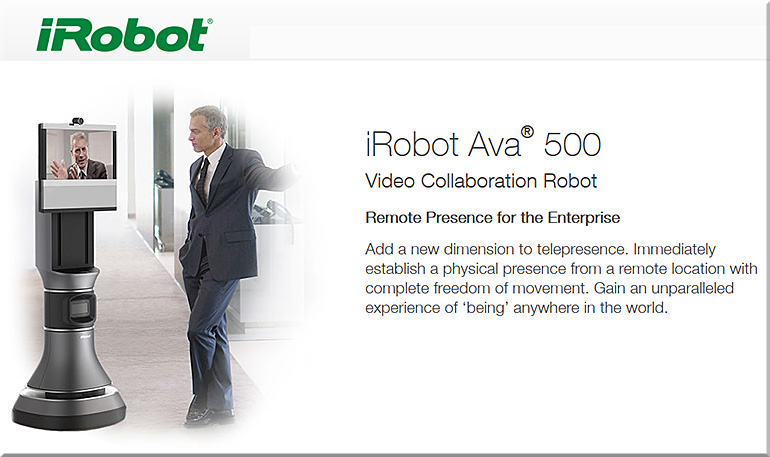


![The Living [Class] Room -- by Daniel Christian -- July 2012 -- a second device used in conjunction with a Smart/Connected TV](http://danielschristian.com/learning-ecosystems/wp-content/uploads/2012/07/The-Living-Class-Room-Daniel-S-Christian-July-2012.jpg)


